Common tiger (Danaus genutia)
🦋 Common Tiger (Danaus genutia) – Overview
The Common Tiger, also known as the Striped Tiger, is a colorful and widespread butterfly in the family Nymphalidae (subfamily Danainae), closely related to the famous Monarch (Danaus plexippus). It is commonly seen across South and Southeast Asia.
📌 Identification
| Feature | Description |
|---|---|
| Wingspan | 70–95 mm |
| Coloration | Bright orange wings with bold black veins and white spots |
| Hindwing | Lacks black margin, unlike the Monarch |
| Body | Black with white spots |
| Sexual dimorphism | Males have a black scent patch on each hindwing |
Its warning coloration (aposematism) deters predators due to toxic compounds absorbed from its host plants.
🌱 Life Cycle & Host Plants
Host plants: Mainly milkweed species (Asclepiadaceae, e.g., Calotropis spp., Tylophora spp.)
- Egg: Laid singly on the underside of host leaves.
- Caterpillar: Striking black, white, and yellow bands with tentacle-like appendages.
- Pupa (Chrysalis): Shiny green with gold spots.
- Adult: Emerges in about 10–14 days after pupation.
🌍 Habitat
- Found in gardens, fields, open woodlands, and roadsides.
- Prefers lowland and mid-elevation areas.
🍃 Behavior
- Slow, gliding flight.
- Feeds on nectar from a variety of flowers (e.g., lantana, milkweed, cosmos).
- Often seen basking in sunlight with wings open.
- Males are sometimes observed mud-puddling to absorb minerals.
⚠️ Mimicry & Defense
- Protected by toxins (cardenolides) acquired from milkweed plants.
- Mimicked by species like the Indian Fritillary and female Danaid Eggfly (Batesian mimicry).
- Part of a Müllerian mimicry complex with other Danaus species.
📸 Fun Fact
The Common Tiger is India’s most photographed butterfly due to its striking colors and abundance.
Visited 64 times, 1 visit(s) today
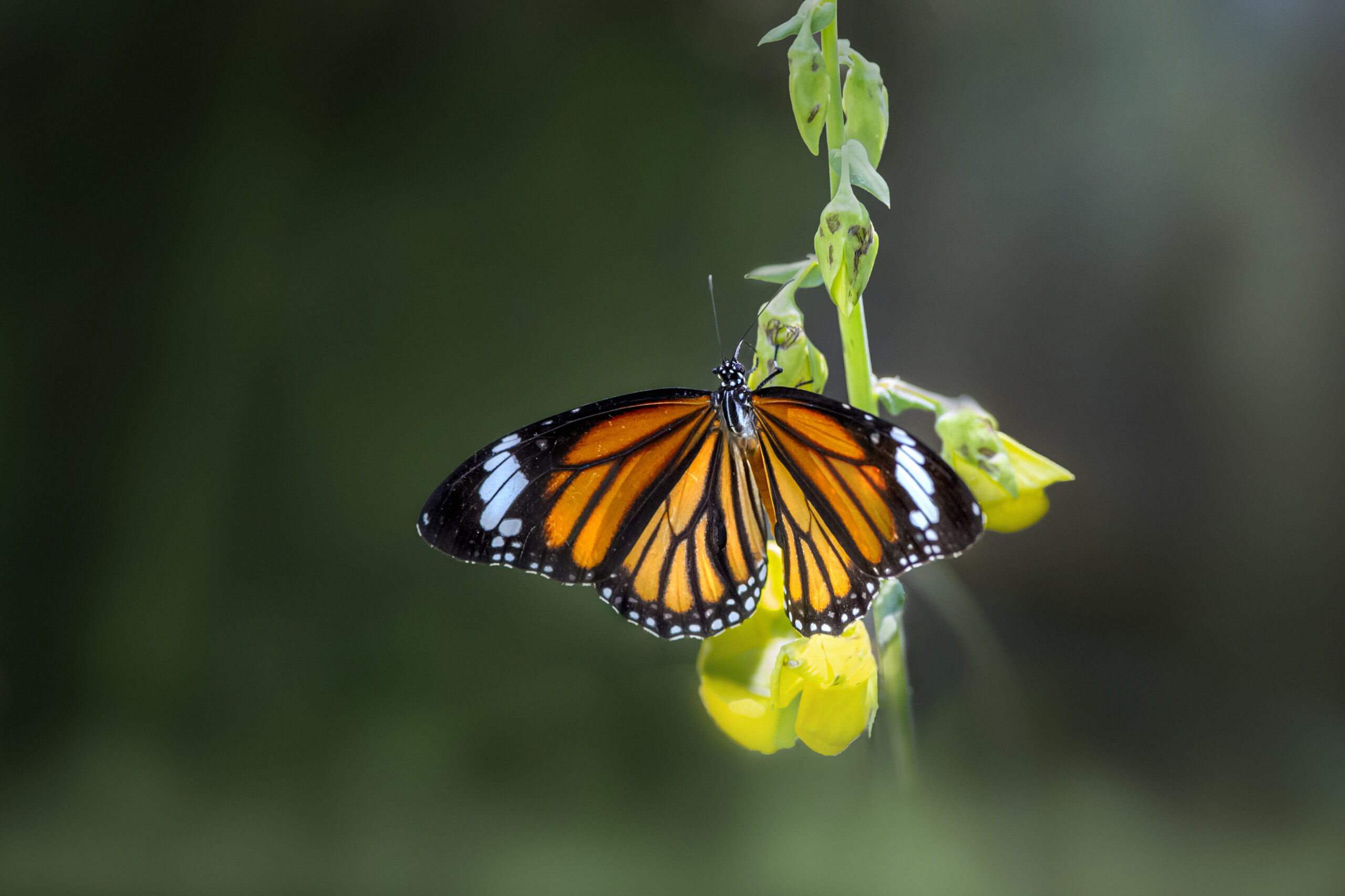
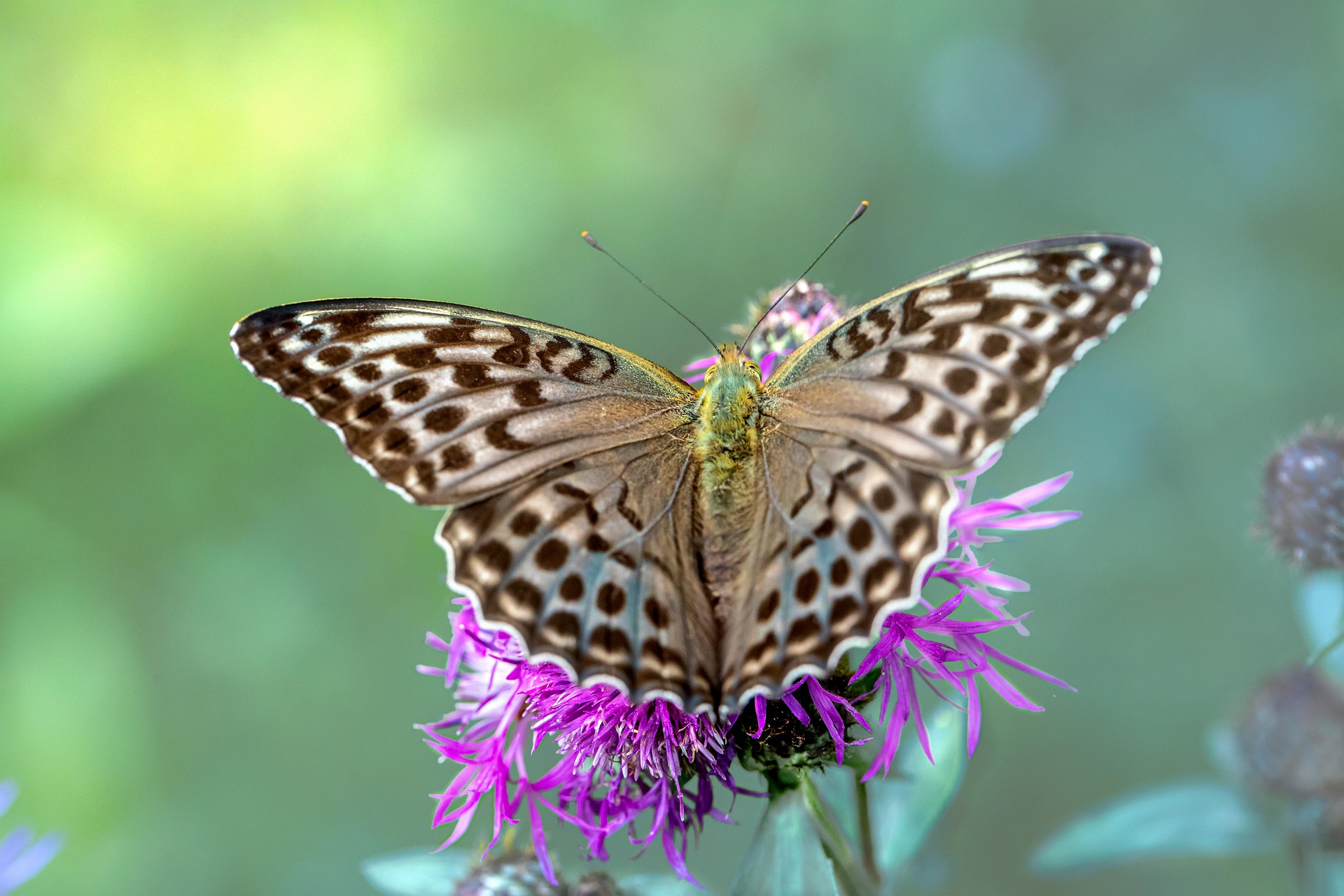

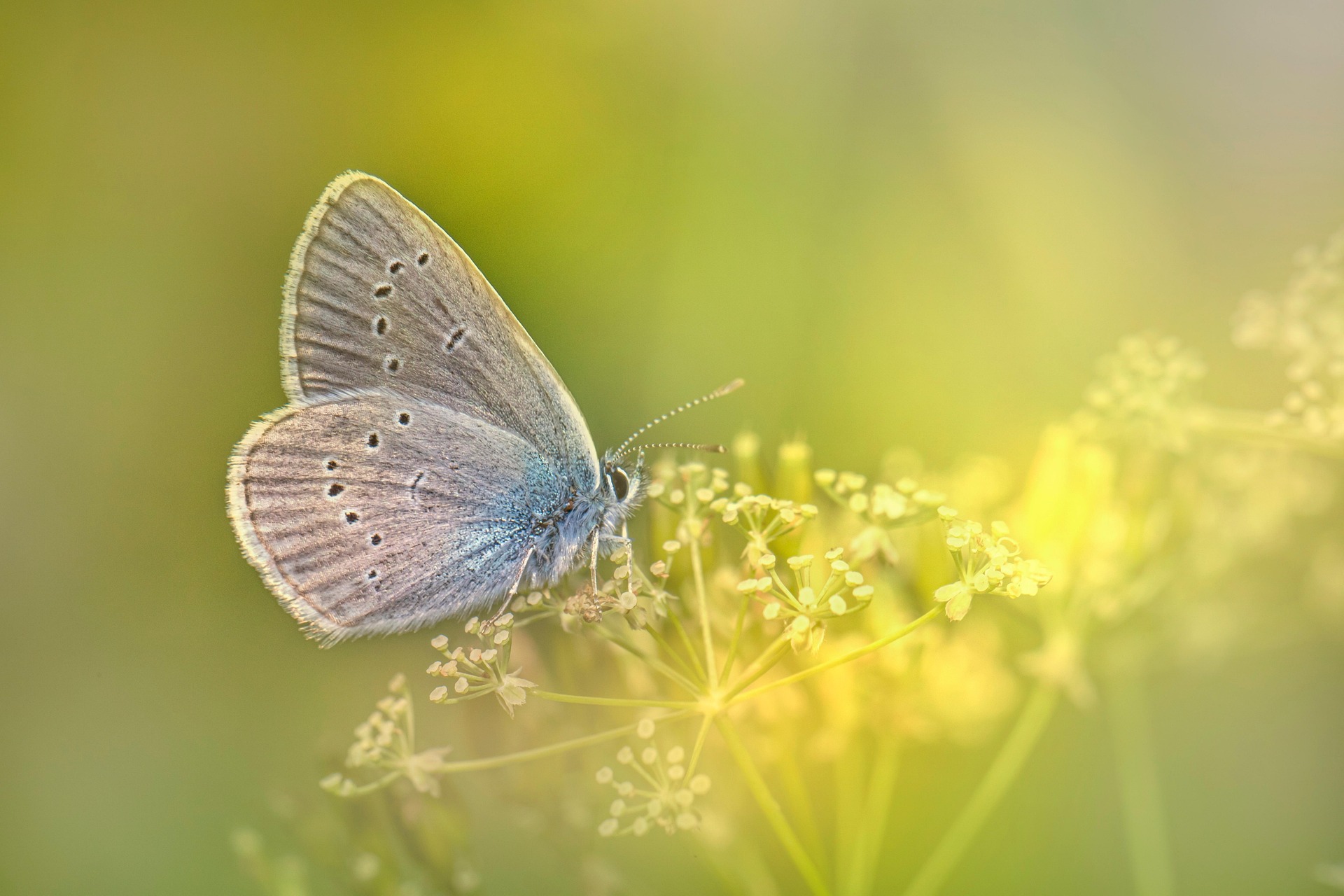
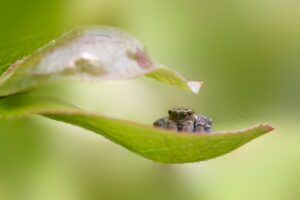
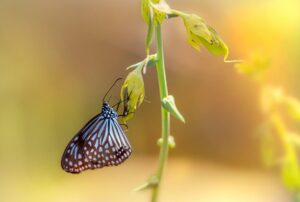
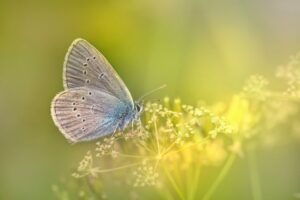
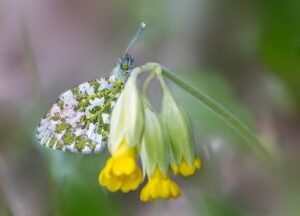
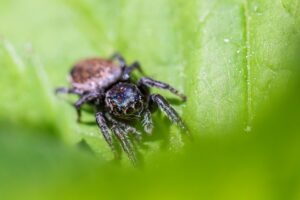
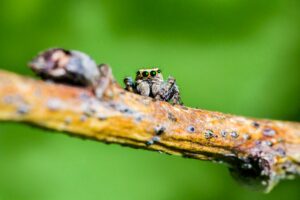
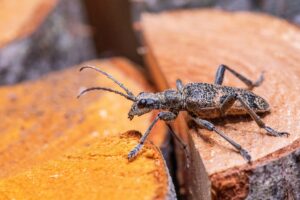
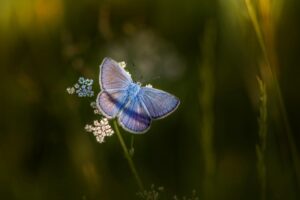
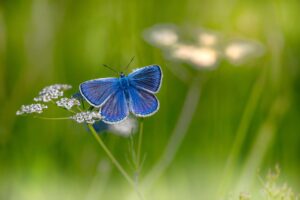
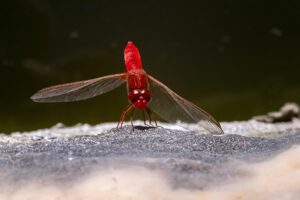
Post Comment